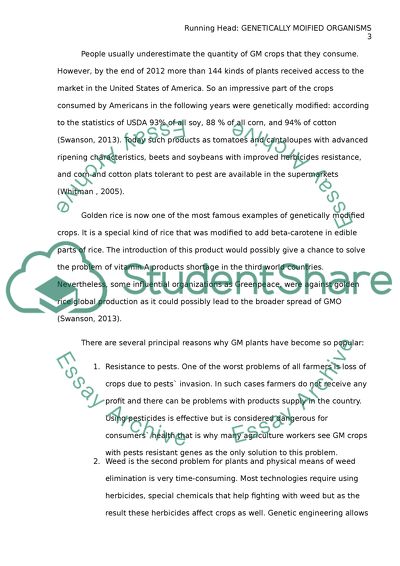Cite this document
(“A genetically modified organism Research Paper Example | Topics and Well Written Essays - 1750 words”, n.d.)
Retrieved from https://studentshare.org/english/1666731-a-genetically-modified-organism
Retrieved from https://studentshare.org/english/1666731-a-genetically-modified-organism
(A Genetically Modified Organism Research Paper Example | Topics and Well Written Essays - 1750 Words)
https://studentshare.org/english/1666731-a-genetically-modified-organism.
https://studentshare.org/english/1666731-a-genetically-modified-organism.
“A Genetically Modified Organism Research Paper Example | Topics and Well Written Essays - 1750 Words”, n.d. https://studentshare.org/english/1666731-a-genetically-modified-organism.


